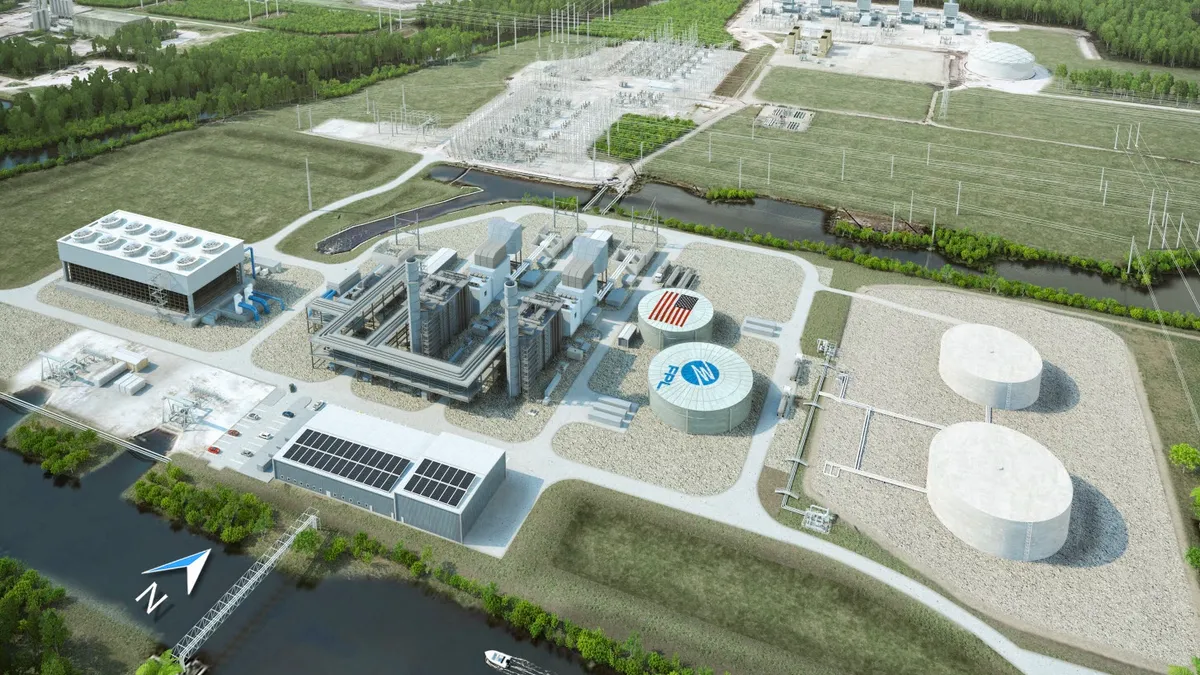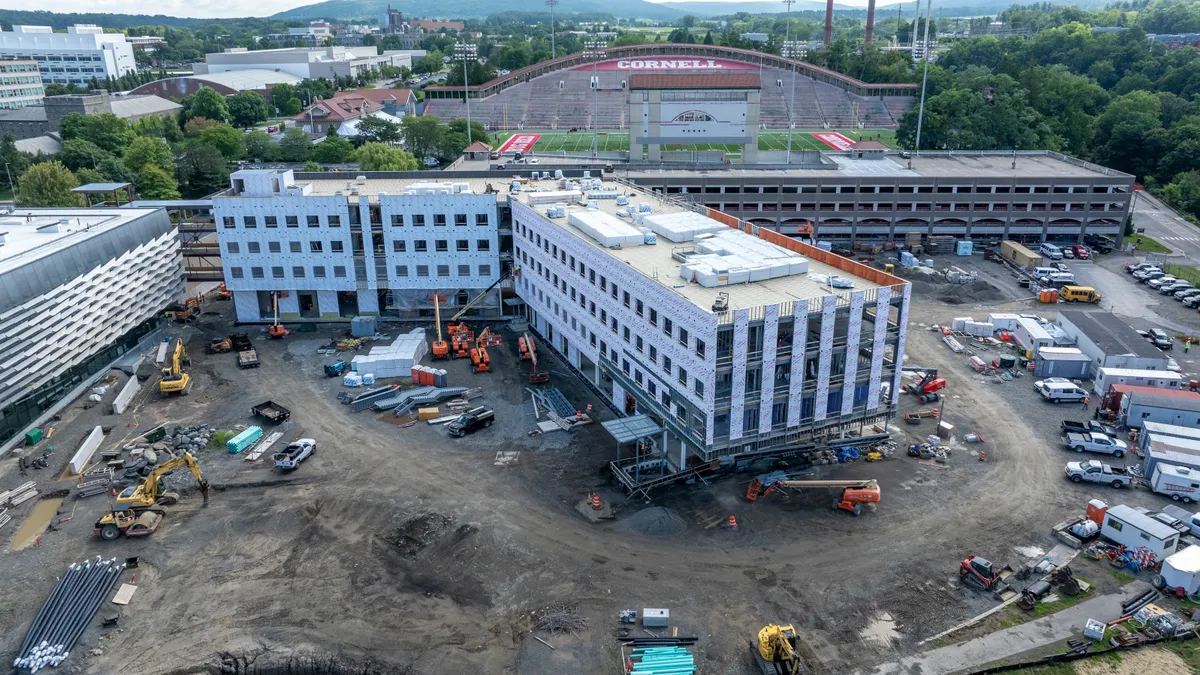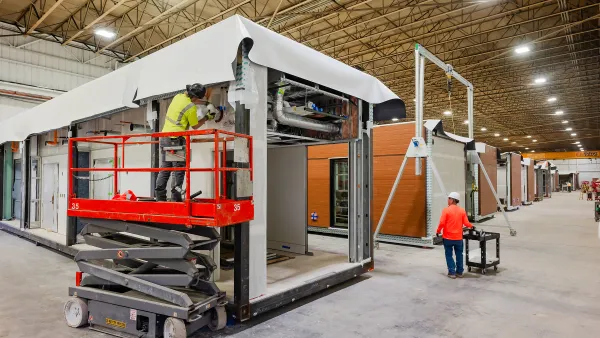Dive Brief:
- Florida Gov. Rick Scott and members of the state’s Cabinet last week approved Florida Power & Light’s plan to demolish and rebuild a natural gas power plant in Dania Beach, Florida, and the design of the new $888 million facility will see key pieces of infrastructure built more than 11 feet above sea level in anticipation of up to 26 inches of sea-level rise by 2062, according to the Miami Herald. The Southeast Florida Regional Climate Change Compact has projected a rise in sea level of up to 34 inches.
- There has been pushback from environmental groups who have criticized the power company’s choice to use fracked gas since natural gas-fired plants contribute to carbon and other greenhouse gas emissions, which are drivers of the climate change that is leading to sea level rise in the first place. FPL said the new plant will be energy-efficient, requiring reduced use of natural gas, which will cut emissions by 70% and provide customers with a $337 million net cost savings.
- The building of the plant is expected to create 650 construction jobs at peak activity and generate $13.7 million in tax revenue during its first year of operations alone. FPL originally expected to start demolition of portions of the existing plant this year, but the state’s vote was pushed back from mid-September to the end of last month. The power company expects the new sections of the plant to be complete in 2022.
Dive Insight:
Since much of Florida is at sea level and is surrounded by water except for its northern border, the issue of sea level rise in the state is critical.
Because of this threat, Monroe County, Florida, which includes Key West and the 113-mile Overseas Highway through the Florida Keys, has launched the $3.5 million “Sea Level Rise Pilot Project,” which will raise a total of 1 mile of roadway in two areas where flooding is already a common occurrence. The project should take about a year once the county has selected a contractor and starts construction and will include a switch from gravity drainage to an engineered stormwater collection and treatment system. The county estimates that there is a total of 144 miles of local roadway at risk of tidal flooding.
One thing that isn’t likely to change is the attraction to living and working near the waterfront. For many developers, though, that simply means adjusting the design. In San Diego, for example, the new $1.5 billion Seaport San Diego project will feature a parking structure that is resilient to flooding and earthquakes. Also in California, San Francisco's Mission Rock mixed-use project, backed by the Giants MLB franchise, will feature resilient elements like elevated loading docks that will one day serve as pedestrian walkways when existing paths are under water.














